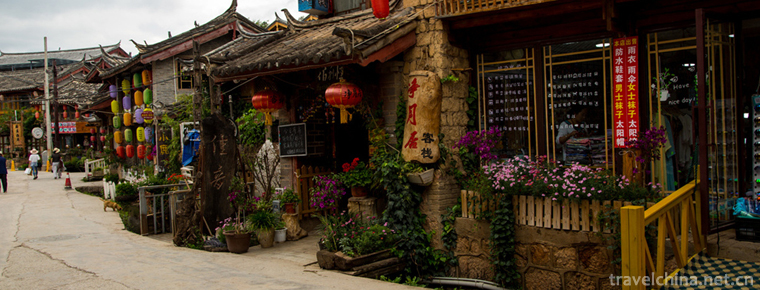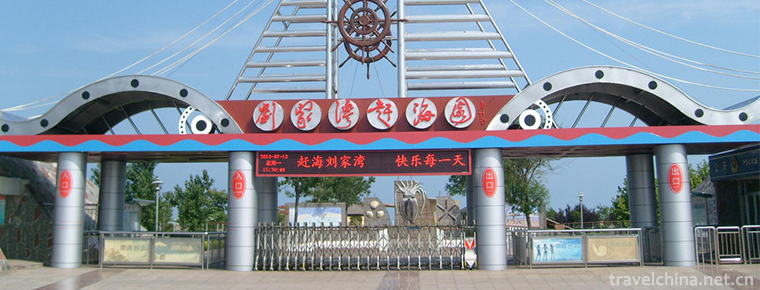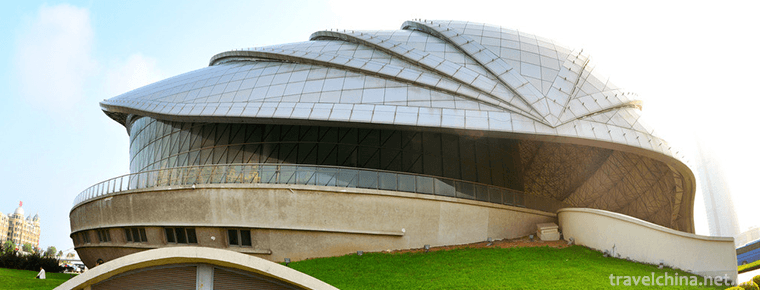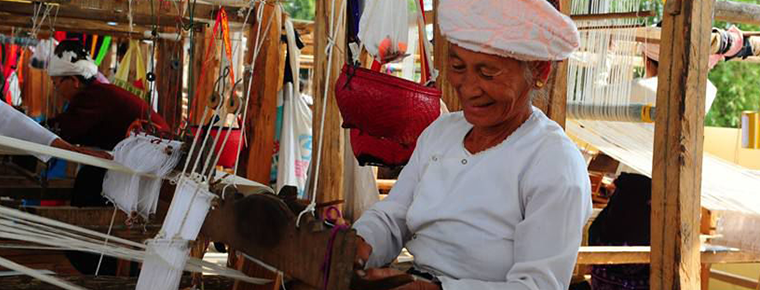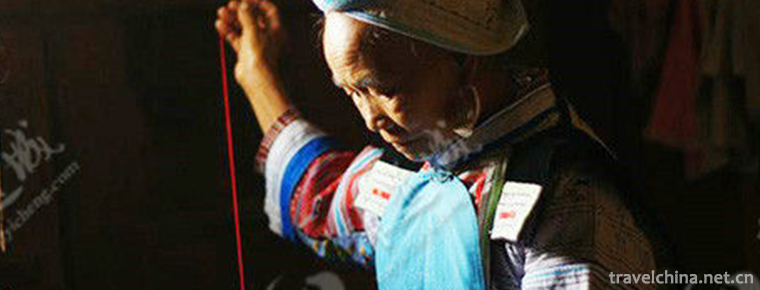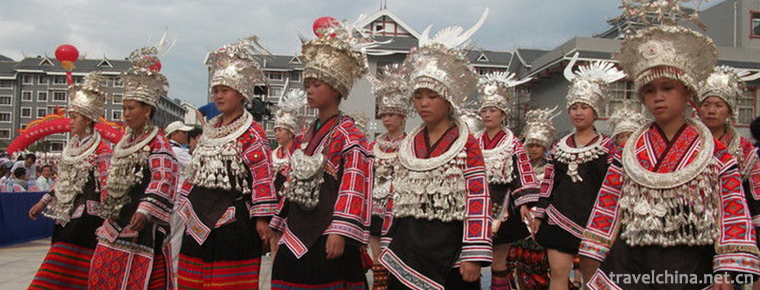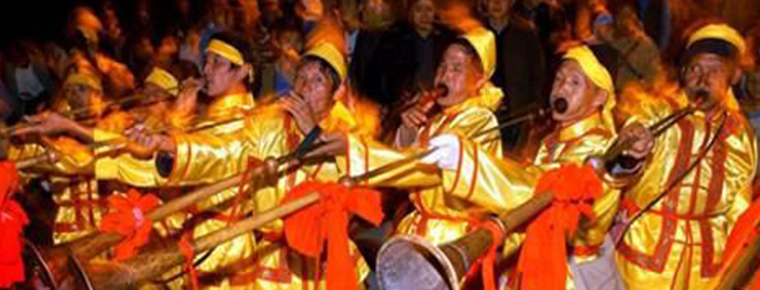Craftsmanship of Fireworks and Firecrackers
Craftsmanship of Fireworks and Firecrackers
Declaration area or unit: Wanzai County, Jiangxi Province
China is the first country to invent gunpowder in the world. Fireworks and firecrackers made of gunpowder also have a long history and enjoy a high reputation in the world. The record of firecrackers originated in Jingchu Sui Shi Ji written by Zongmu of Liang Dynasty in the Northern and Southern Dynasties. The book describes the custom of firing firecrackers in front of the courtyard to avoid evil spirits when chickens crow. At that time, the so-called firecracker actually burned the bamboo tube, causing the air inside the tube to heat and burst and sound. After the Sui and Tang Dynasties, gunpowder was loaded into bamboo tubes instead. In the Song Dynasty, abandoned bamboo tubes were fired with paper wrapped gunpowder instead. Hangzhou, the capital city of the Southern Song Dynasty, has appeared in clusters of small firecrackers, commonly known as "firecrackers". According to the "Old Stories of Wulin", this kind of firecracker rings to the end after it is ignited, "more than a hundred in a row." During the Ming and Qing dynasties, firecrackers developed many patterns, such as double-sounding thunder, three-level wave, two kicks and ten-loud flying. Modern firecrackers have been further developed and perfected in type and technology, forming a complete production system, including single, double, continuous, firecrackers, firecrackers, and other varieties, as well as drums, cutting drums, pasting, mud filling, priming powder, eye sealing and other technology.
Fireworks, also known as "fireworks" and "fireworks", began in the Sui and Tang Dynasties, flourished in the Song Dynasty, and became popular in the Ming and Qing Dynasties. Tang Dynasty has appeared "gunpowder and fireworks" which can present various patterns such as melons and fruits, animals, ghosts and so on. In the Southern Song Dynasty, shelf fireworks were very popular. According to Wan Du Zaji, there were many kinds of fireworks in Beijing in Ming Dynasty. Paper letters were called "flower pots", "clay letters" were called "sand pots". Bamboo basket letters were called "flower boxes". They could show various patterns such as ribbon birds, grape shelves, pearl curtains and long-light lamps. "Jisheng at the age of Emperor Beijing" in the Qing Dynasty said that the fireworks of Jingshi at that time "were packed with stories of numbers in a brocade box, and the characters such as Sheng, Ling feathers and flowers and plants made up their beautiful faces." The color of pyrotechnics is mainly made of gunpowder and different chemical drugs, such as yellow with sodium salt, purple with potassium salt, red with strontium salt, green with barium salt and blue with copper salt.
China's fireworks are mainly produced in Liuyang, Hunan, Wanzai and Pingxiang in Jiangxi, Dongguan in Guangdong, Pucheng and Yangxian in Shaanxi, etc. The shelf fireworks were well-known in the Song Dynasty, but they were seldom used at present. It is urgent to protect and inherit them in order to promote their continued development.
Wanzai County, Jiangxi Province, is a traditional fireworks producing area in China. Since the middle of the 18th century, the local production of fireworks has begun. During the Daoguang Period of the Qing Dynasty, thousands of fireworks and firecrackers had "passed north and south". During the Guangxu period, local "men and women of all sizes took this opportunity to work".
At the end of the Qing Dynasty and the beginning of the Republic of China, there were more and more fireworks practitioners in Wanzai, reaching tens of thousands of people, and there were nearly 1000 fireworks villages. The famous fireworks villages engaged in fireworks management all over the country included Ganzhuang in Ganzhou, Zhejiang and Guangzhuang in Guangzhou. In the 1980s, there were 150,000 employees in the fireworks and firecrackers industry in Wanzai. The products were sold to more than 20 provinces, municipalities, autonomous regions and more than 20 countries and regions such as the United States and Japan.
There are many kinds of fireworks in Wanzai, including all-red salute, large and small cannon, cock gun, thunder gun and so on. In terms of sound, there are 19 kinds of sound, such as six and one hundred; in terms of length and thickness of paper, there are three, four and nine cutting specifications; in terms of knot form, there are flat and vertical (commonly known as "meander"). The raw materials used in the production of Wanzai fireworks and firecrackers are all made locally. The earth paper is core paper. The paper is tender and soft, with toughness, and the quality of powder is excellent. The whole production process from raw material processing to finished product manufacturing consists of more than seventy processes, all of which are operated by hand with high technical content and complex process. Wanzai fireworks products have no impurities and fragrance, high sound rate, clear and pleasant sound, is a favorite for people's Festival celebrations, weddings and funerals, and worship Buddha ancestors.

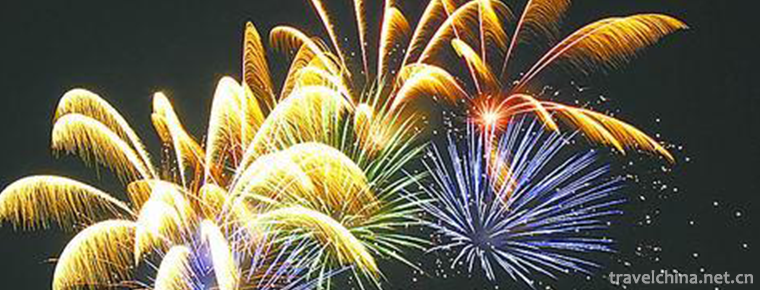
-
The Huaming Tower Scenic Area
Huaming Tower Tourist Area: National AAAAA Tourist Area, National Key Cultural Relics Protection Unit, National Patriotic Education Base..
Views: 169 Time 2018-12-12 -
Liu Jiawan Chaihai Garden
Located on the eastern coast of Taolu Town, Donggang District, Rizhao City, Liujiawan Chaihai Garden is a national AAAA-level tourist attraction, a popular science education base, and a core scenic sp.
Views: 112 Time 2018-12-26 -
Dalian Modern Museum
Dalian Modern Museum is located at No. 10 Convention and Exhibition Road, Shahekou District, Dalian City. It is located in the northwest side of Xinghai Square. It is the first comprehensive museum na.
Views: 112 Time 2019-01-07 -
Xingtai Grand Canyon Tourist Area
Xingtai Grand Canyon is a national AAAA scenic spot, a national key scenic spot and a national geological park of China. It is located in Hejiaping Village, Luozhen, Southwest Road.
Views: 238 Time 2019-02-26 -
Dai brocade weaving skills
Dai brocade weaving is one of the traditional handmade brocade weaving techniques in Xishuangbanna Dai Autonomous Prefecture, Yunnan Province, and one of the national intangible cultural heritage..
Views: 155 Time 2019-04-24 -
Sama Festival of Dong Nationality
Sama Festival of Dong Nationality is spread in Rongjiang County, Liping County, Congjiang County and the surrounding areas of Dong Nationality in Guizhou Province.
Views: 102 Time 2019-04-28 -
Miao embroidery
Miao embroidery refers to the embroidery skills inherited by the Miao people in China. Miao embroidery in Leishan County, Guiyang City and Jianhe County of Guizhou Province has different forms and sty.
Views: 137 Time 2019-06-05 -
Yangasha
Yangasha, an epic originating in Jianhe, Guizhou Province, is eulogized for Miao compatriots from generation to generation. It is a sad and elegant love story about a passionate Miao girl. It is the G.
Views: 178 Time 2019-07-11 -
Gelao Maolong Festival
"Gelao Maolong" is a form of folk worship handed down from generation to generation by Shiqiao Gelao people. It mainly spreads in the Ming and Longfeng villages of Longjing and Tangshan town.
Views: 133 Time 2019-07-13 -
Bozhou University
Bozhou College (Bozhou University), for short, is located in Bo Yuan. Anhui Province Bozhou City By the state Ministry of Education Approved full-time full-time undergraduate institutions..
Views: 151 Time 2019-11-08 -
Batang Tuanjie steamed stuffed bun
The Tuanjie steamed bun was not invented by the 18th army when it entered Batang. In the old days, Tuanjie steamed bun, to be exact, was made by Batang ancestors hundreds of years ago. Moreover, it has been handed down to the present day..
Views: 234 Time 2020-12-06
